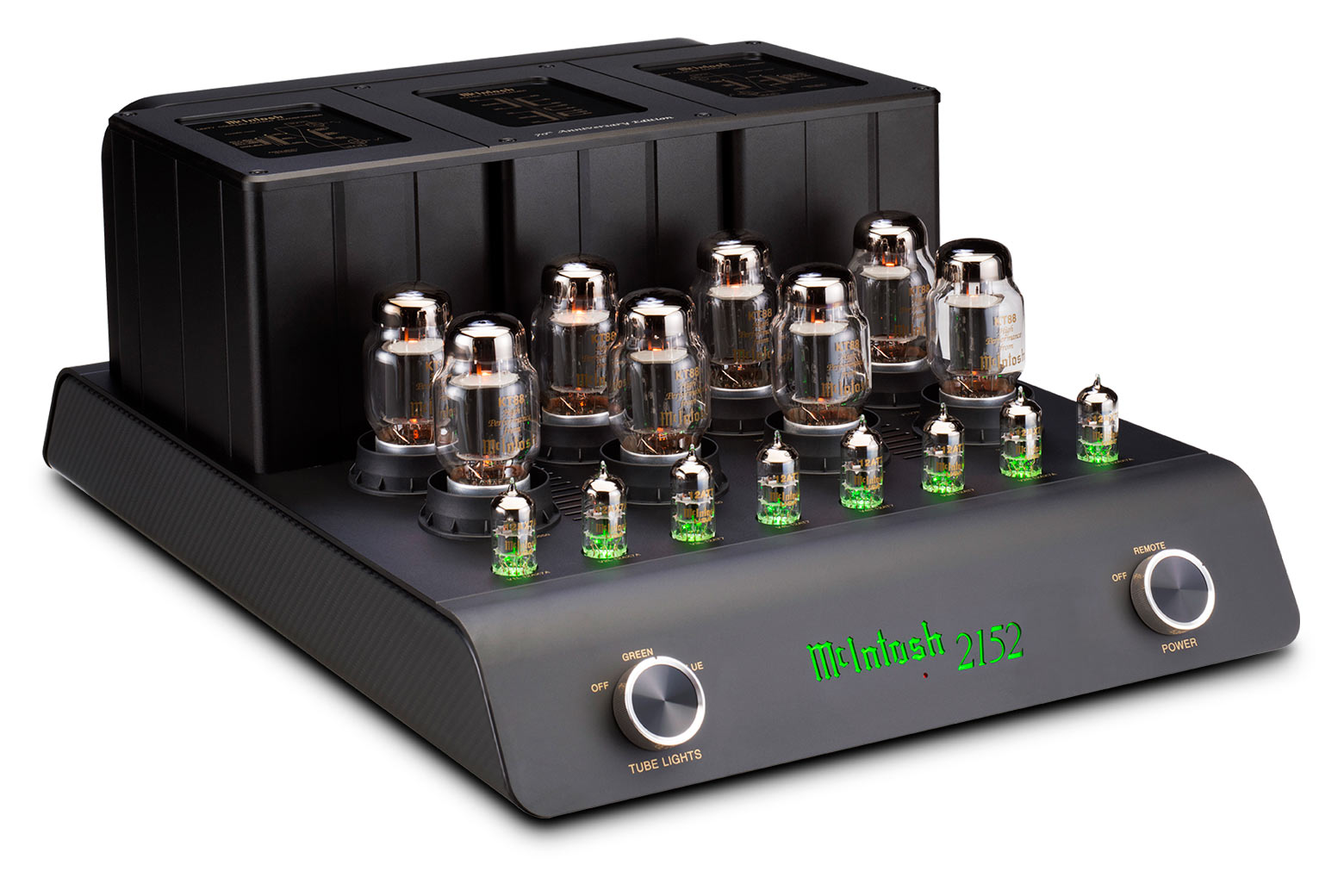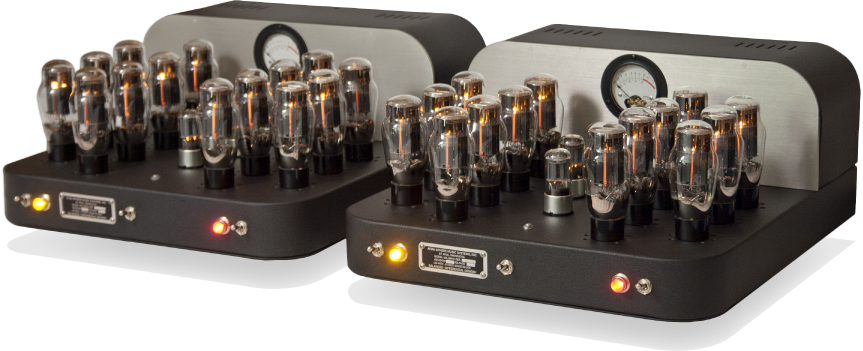solderdude
Grand Contributor
Can't wait to see the teardown of how they put this thing together
a preview of what to expect.
The schematic will be similar to this one but with other output cap values and R7 being 1k:
Last edited:
Can't wait to see the teardown of how they put this thing together
Another thing i had a problem with was that turning the volume knob past 12 o clock did not increase output power at all.
if the unit has been on the shelf for a long period of time without having any power connected, is it safe to open up? Or could there be anything in there that might still hold a charge for a long time and possibly give me a shock?
Shame you didn't test this with a burned in tube, new tubes need to be "baked" in to get rid of the hum, I pull out the power tube and leave the preamp tube connected, leave it on for 48 hours, after that... no hum. And the RAytheon is a very good tube for the monies, ($7) This Tube amplifier was designed for high impedance headphones, that is it. However, using a 5998 power tube is been said to lower the impedance output to play nice with lower impedance cans. You should take a couple of weeks with this the Darkvoice and give it a chance, I think you'll be blow away.
So the "designer" used a 6080 as a straight cathode follower, then compounded the issue with a 1k load resistor. The gain of the first stage is not used to reduce the distortion, either. Capacitive coupling guarantees high output impedance at low frequencies. There's also some questionable omissions of safety parts, and both the measurements and the user reports suggest that grounding was not done properly.
A lot of small changes could have improved this unit greatly without a huge cost impact. But that's engineering, not "design."
I’d be interested in exactly what small changes a good engineer might make to the schematic. I’d be willing to try some things out.
I haven’t tried that method yet; what’s happening physically to 6SN7 the tube while it’s “burning in”? I’m reluctant to try this on one of my more expensive tubes. Is it really just prematurely aging the tube?
And how is it that hum is coming through with the volume at zero? That I can’t understand.
The first few hours a tube is run, the getter heats and absorbs some of the residual gas. This can be more significant in tubes that have been stored for a while. Morgan Jones described an oven method to accomplish the same thing in his excellent book, Valve Amplifiers.
And how is it that hum is coming through with the volume at zero? That I can’t understand.
One of the new tubes (i think the big one) did help remove the hum a bit but the new smaller tube just made it a lot worse with the amp making loud pops and stuff like that.
I didn’t specifically say 10 years ago. This amp is actually much older than that and yes when it first came on the scene, mainstream headphones were senn hd580, 600, 650 and beyer dt770, 880, 990 and the likes. This was before the days of planers. And yes there were plenty of low impedance cans. But the higher impedance ones were more popular.Sounds like it is about 10 years old... while things have changed in the last 10 years I'm not entirely sure that the market was "dominated" by 300 ohm headphones 10 years ago...



